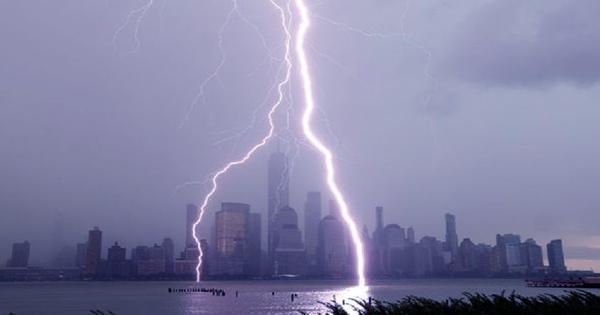At least 38 people have been killed in lightning strikes in India over the past weekend, according to the Associated Press. Although Indian summers have never been unfamiliar with thunderstorms, such destructive thunderstorms have become increasingly common over the past few decades due to climate change. A senior police official said 11 of the dead were people “taking selfies” in a lightning strike near a guard at the historic Amber Fort in West Bengal’s Rajasthan. Separate lightning strikes across the state of Rajasthan have killed at least nine people and injured about 20 others.
Another 18 people were killed in a lightning strike in the state of Uttar Pradesh on Sunday, most of them working on a farm at the time. The summer monsoon season in India is characterized by heavy rainfall and humidity from June to September every year. When humidity levels rise and groundwater surface temperatures are high, this creates ideal conditions for lightning clouds, such as the Camulonimas cloud. When the surface of the earth is hot, it heats the air and creates an updated draft of warm air. As the air rises through the atmosphere, it cools and forms clouds.
Eventually, it can form an ice-cold cloud, where the temperature stays below freezing and water vapor turns to ice. As the warm air continues to flow from below, it causes small ice crystals to rub against each other, creating an electric charge across the cloud: a negative charge is created at the bottom of the cloud and a positive charge is created near the top. When the positive and negative charges are large enough, a rapid discharge of electricity is released and is attracted to the earth or other clouds.
Thunderstorms have always been a feature of the rainy season, but it appears that the phenomenon has recently become more frequent, more intense, and more deadly. According to figures from the National Disaster Management Authority of India, quoted by the Hindustan Times, about 2,000 people have died in India every year since 2004. By the end of the 19th decade, that number had more than doubled from annual deaths.















